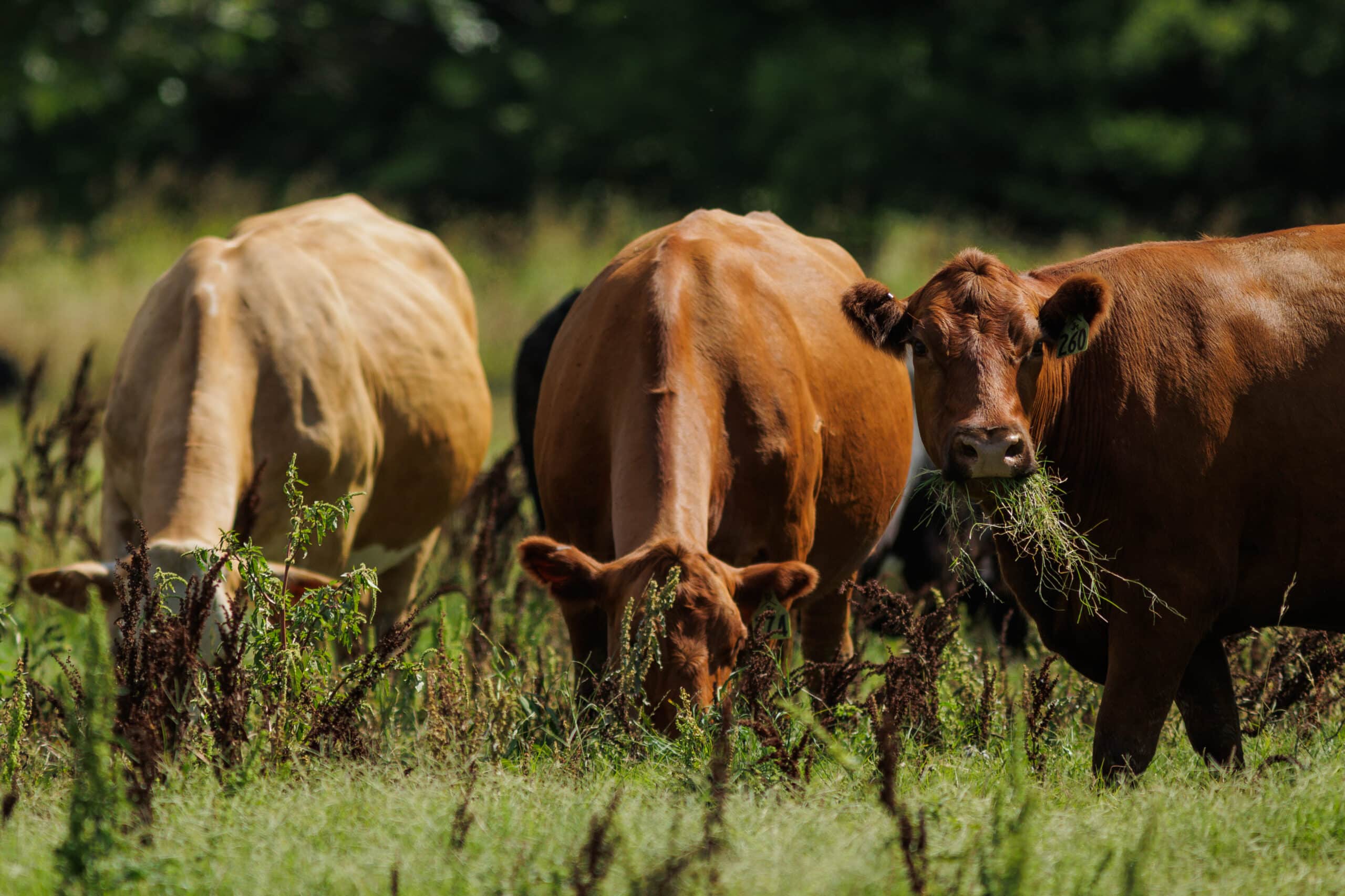How can we improve the health of our soil?

Soil is more than dirt: it’s a thriving ecosystem. Microorganisms in the soil break down organic matter, providing nutrients to plants. Insects and worms improve soil structure, helping it to hold more water. Plants improve soil stability, so it can better survive heavy winds and torrential rain.
By taking care of soil health, you will promote the health of your crops and pastures, animals and the environment.
Six ways to improve soil health
1. Increase organic matter inputs
As organic matter such as manure and compost decays into humus, it improves soil structure and drainage, holds moisture, and provides nutrients to the soil. Perennial, grass-dominant pastures are effective in increasing organic matter. Crops are also a valuable source, and residues should be returned to the soil.
2. Plant diverse species
A variety of plants means a range of benefits for your soil. Crops with taproots can ease compaction, while fibrous roots add stability. Species that host beneficial mycorrhizal fungi increase its presence in the soil, while legumes add nitrogen. Multi-species pasture cropping, sowing crops into dormant pasture, is one proven technique to improve soil health through plant diversity.
3. Reduce pesticide use
Earthworms increase nutrient availability, improve drainage and create more stable soil as they feed on organic matter and burrow underground. These invertebrates can be harmed by the pesticides, so reducing reliance on these chemicals will allow earthworms to flourish.
4. Manage nutrients
Plan the timing and application of paddock treatments to minimise nutrient excesses, as too much nitrogen can make soil acidic and slow plant growth. Maintaining a soil pH appropriate for the crop you’re growing through practices like liming, helps improve nutrient uptake.
5. Control water flow
Planting vegetation and adding landscape features can slow the flow of water across your property. This increases the infiltration of water and minimises the soil erosion that can follow heavy rainfall.
6. Grazing management
Strategically manage grazing and pastures to maintain ground cover and encourage root growth, both of which are important to protecting the soil and maintaining its health. Time control or rotational grazing allows for the physical and chemical recovery of the soil after each grazing period.

Soil health and regenerative farming
Improving soil health is a key focus of regenerative agriculture, which seeks to restore farm ecosystems and the environment as a whole.
Healthy soils have a greater ability to sequester atmospheric carbon dioxide (CO2) as soil organic carbon. This is one option for reducing greenhouse gases and ultimately slowing the process of climate change.
To learn more about regenerative agriculture and what it could mean for the sustainability and profitability of your operation, check out our live panel discussion.
Want a checklist on getting started with regenerative agriculture?



